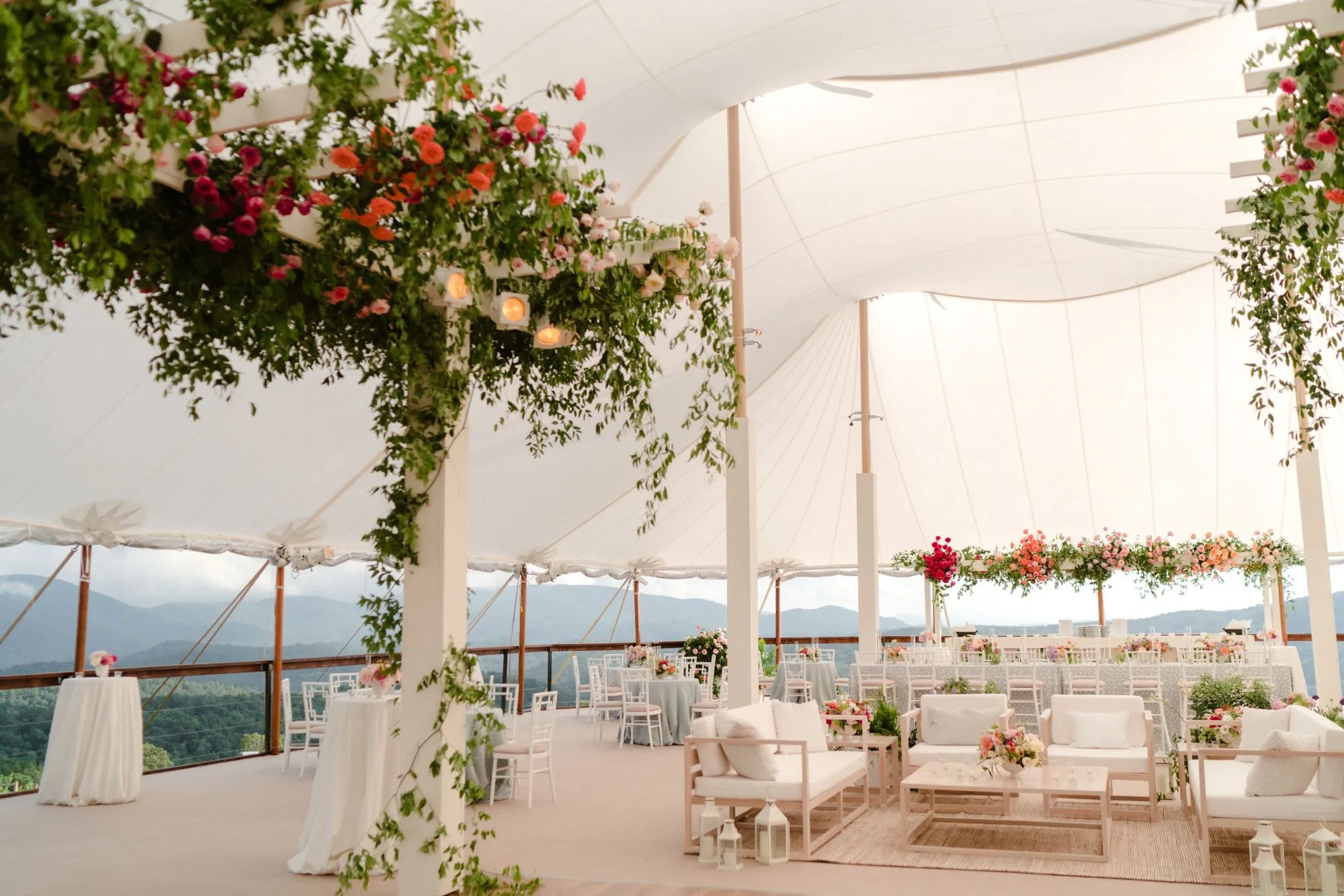Planning an outdoor event with tents can feel like a complex task—but with the right guidance, it doesn’t have to be. From selecting the ideal tent size to designing a functional layout, this guide walks you through each critical step. You’ll discover how to match tents to your guest count, ensure compliance with local safety regulations, and choose key accessories that enhance comfort and style. By the end, you’ll be equipped to host a seamless and unforgettable outdoor event—minimizing risks while maximizing impact.
Key Takeaways
- Careful planning and tent selection are crucial for successful outdoor events
- Weather considerations and safety measures are essential for risk management
- Proper logistics coordination ensures smooth tent delivery and setup
- Effective promotion strategies are key to maximizing event visibility and attendance
- Post-event evaluation helps improve future outdoor gatherings through lessons learned
Understanding the Basics of Outdoor Events and Tent Use
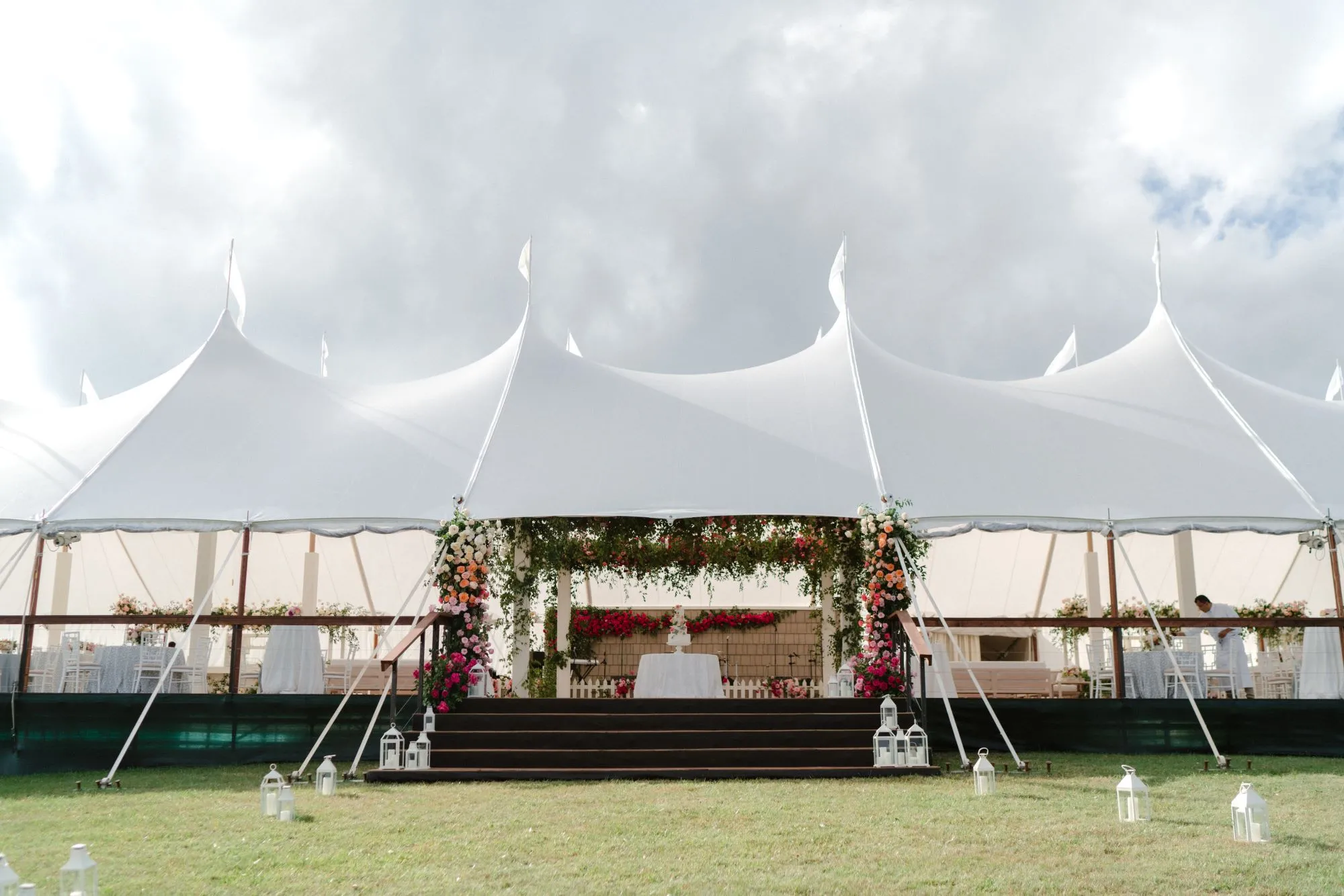
Outdoor events, from festivals to campus gatherings, require careful planning and specific equipment. It is crucial to understand the variety of tents available and key location factors like arboretum settings or environmental health concerns. This section explores event types, tent options, and site selection considerations, helping planners navigate costs and logistics for successful outdoor experiences.
Defining Outdoor Events and Their Unique Requirements
Outdoor events encompass a wide range of gatherings, from music festivals to university programs, each with its own set of unique requirements. These events demand careful consideration of factors such as weather conditions, including winter challenges, and the need for appropriate shelter solutions. Event planners must address various elements to ensure success, including:
Exploring Different Types of Tents Suitable for Outdoor Gatherings
When planning outdoor events, selecting the right tent is crucial for space management and risk mitigation. Different tent types cater to various event needs, from spacious pole tents for large gatherings to sturdy frame tents that can withstand challenging weather conditions. Event organizers must consider factors such as the event’s size, location, ensuring compliance with local regulations and safety standards. Proper tent selection enhances the outdoor event experience and plays a vital role in effective risk management, especially when events are held near buildings or in areas with specific zoning requirements.
Identifying Key Considerations for Location Selection
Selecting the ideal location for outdoor events requires careful consideration of various factors that impact logistics and outdoor recreation opportunities. Event planners must assess terrain suitability, accessibility for attendees and equipment, proximity to amenities, and compliance with local regulations. The chosen site should accommodate the necessary tent structures while providing ample activity space and ensuring guest comfort throughout the event.
Step-by-Step Guide to Tent Planning for Outdoor Events
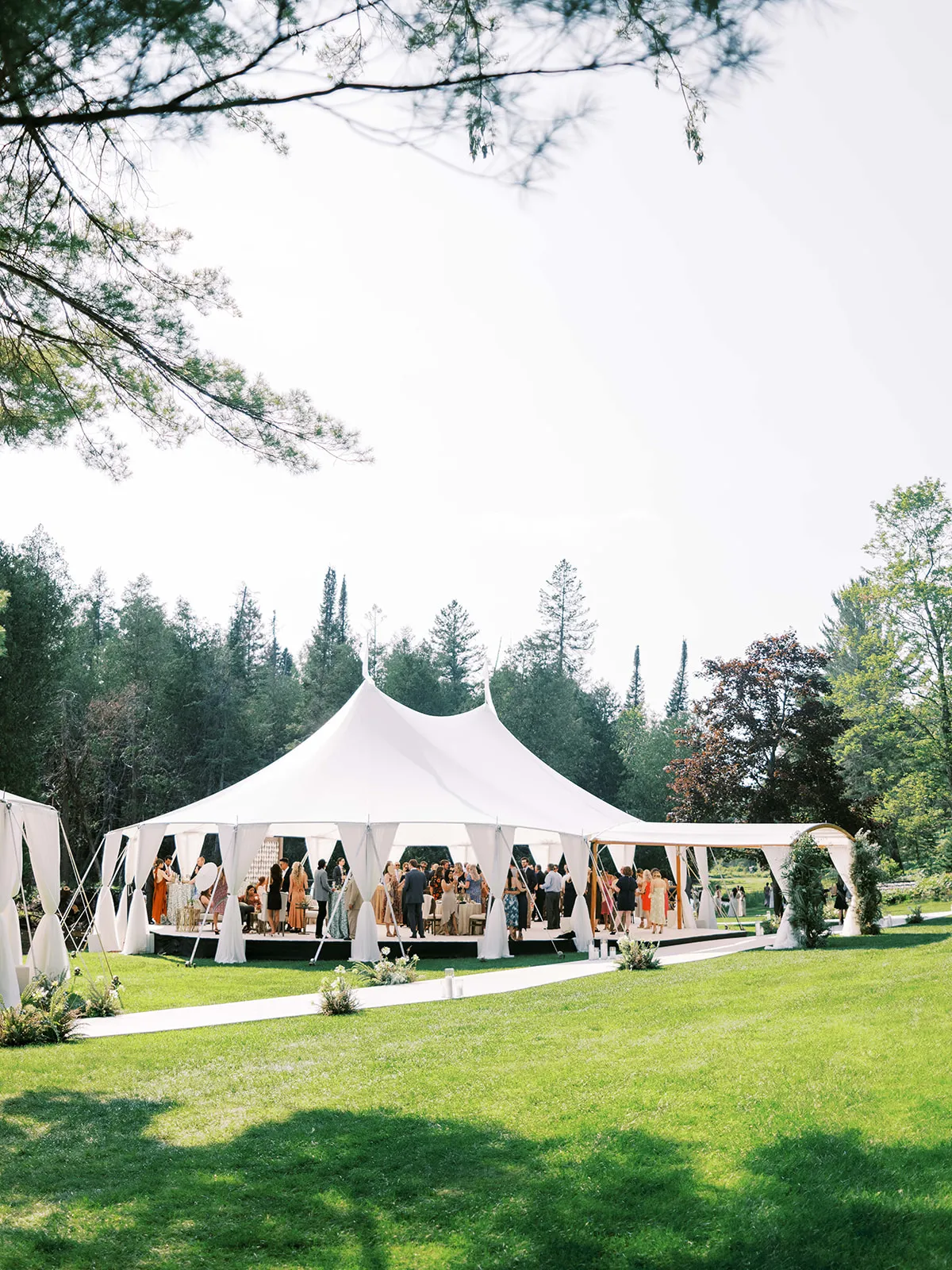
Successful outdoor event planning relies heavily on thoughtful preparation and attention to detail. This section walks through the essential stages of tent planning—from building a reliable timeline to managing weather-related challenges and coordinating logistics. Each step plays a vital role in ensuring your event is well-executed, with the right tent size, environmental readiness, and seamless setup.
Establishing a Timeline for Tent Setup and Event Execution
Developing a clear and realistic timeline is fundamental to the success of any outdoor event involving tents. Planners should allocate ample time for pre-event site preparation, tent delivery, and setup—often beginning several days before the event date. This schedule should also include buffers for weather-related delays, equipment testing, and final touches like decor and lighting. By outlining key milestones and setting deadlines early, event teams can avoid last-minute issues and keep the entire setup process on track.
Assessing Guest Capacity and Appropriate Tent Size
Accurate guest count estimation is the first step in selecting a properly sized tent. Planners need to account for seating layouts, activity zones, food service areas, and any additional space needed for entertainment or vendor setups. As a general guideline, allow 10–15 square feet per person for seated events and 6–8 square feet per person for standing receptions. By factoring in both comfort and functionality, you can ensure the tent layout supports smooth guest movement and meets event requirements.
Planning for Weather and Environmental Factors
Weather and site conditions significantly influence tent planning decisions. Organizers should evaluate the likelihood of rain, wind, or extreme temperatures and select materials and tent features accordingly. When finalizing tent placement, consider ground stability, drainage, nearby trees or structures, and sun exposure. Invest in weather-adaptive features such as sidewalls, flooring, heating or cooling systems, and secure anchoring methods to enhance comfort and safety. Proactive environmental planning minimizes disruptions and enhances the guest experience.
Coordinating Logistics for Tent Delivery and Setup
Smooth tent delivery and installation depend on careful logistical coordination. Event planners should collaborate closely with tent rental providers to confirm site access, delivery schedules, and staffing needs for setup. The size and complexity of the tent may require additional equipment or manpower, making early coordination critical. Key logistics tasks include:
- Confirming delivery date and time with the rental company
- Preparing the site for tent installation
- Arranging necessary permits and inspections
- Scheduling power and utility connections
- Planning for tent removal and site restoration post-event
Essential Accessories and Equipment for Outdoor Tents

Outdoor tent events require careful consideration of essential accessories and equipment. This section explores key elements for comfort and functionality: selecting appropriate flooring, choosing effective lighting solutions, incorporating climate control systems, and enhancing the guest experience with furniture and decor. Each component plays a crucial role in creating a successful outdoor event environment.
Selecting the Right Flooring for Comfort and Stability
Selecting the right flooring for outdoor tent events is crucial for ensuring guest comfort and safety. Event planners must consider factors such as terrain, weather conditions, and event type when choosing appropriate flooring options. Portable flooring systems, such as interlocking tiles or rolled vinyl, provide a stable surface that protects guests from uneven ground and moisture. For more formal events, carpeting or artificial turf can add a touch of elegance while maintaining functionality:
Choosing Lighting Solutions for Aesthetic and Practical Needs
Effective lighting solutions for outdoor tents serve both aesthetic and practical purposes. Event planners must consider a mix of ambient, task, and accent lighting to create the desired atmosphere while ensuring safety and functionality. LED string lights, lanterns, and uplighting can enhance the tent’s ambiance, while spotlights and floodlights provide necessary illumination for key areas such as entrances, food stations, and pathways. Organizers should also plan for backup power sources and weatherproof fixtures to maintain consistent lighting throughout the event.
Incorporating Heating or Cooling Systems Based on Climate
Climate control systems are crucial in ensuring guest comfort during outdoor tent events. Event planners must assess the weather conditions and choose appropriate heating or cooling solutions. Portable heaters or air conditioning units can be strategically placed to maintain optimal temperatures, while fans and misting systems offer additional cooling options for warmer climates. Proper ventilation and temperature management enhance guest experience and protect sensitive equipment and perishable items from extreme weather conditions.
Enhancing Guest Experience With Furniture and Decor
Furniture and decor are pivotal in enhancing the guest experience at outdoor tent events. Event planners should select comfortable seating options that complement the event’s theme and provide adequate table space for dining or activities. Decorative elements such as floral arrangements, themed centerpieces, and strategically placed lighting fixtures can transform the tent’s interior, creating an inviting atmosphere that aligns with the event’s purpose. By carefully curating furniture and decor, organizers can elevate the overall ambiance and ensure guests feel welcomed and engaged throughout the gathering.
Safety and Compliance Considerations for Outdoor Events
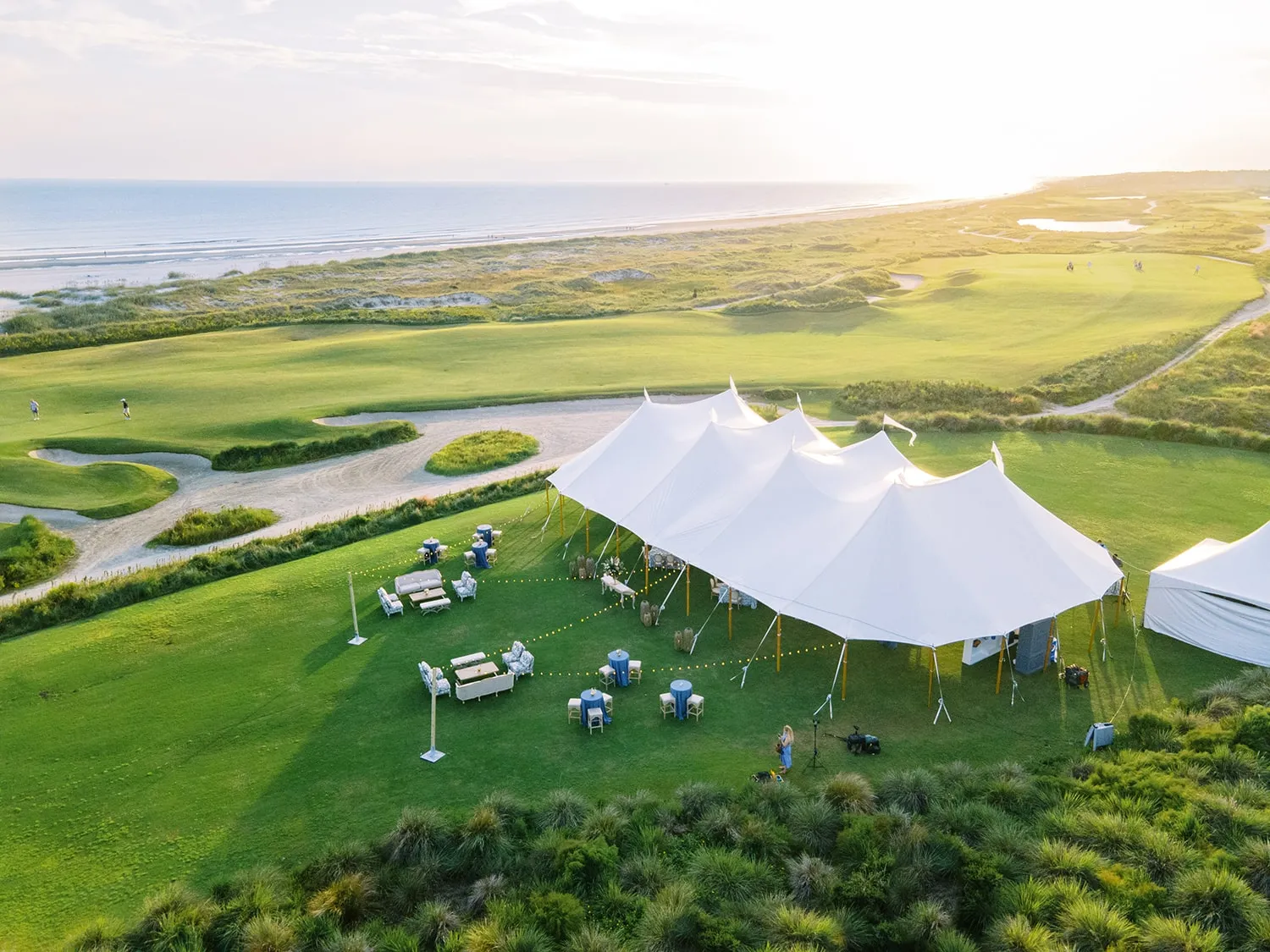
Safety and regulatory compliance are foundational to any successful outdoor event. This section covers key aspects event planners must address to create a secure, legally compliant environment. From understanding local permitting requirements to preparing for weather-related risks, crowd management, and emergency response protocols, each component plays a crucial role in protecting attendees, staff, and infrastructure.
Understanding Local Regulations and Permits for Tent Use
Navigating local regulations is one of the first steps in outdoor event planning with tents. Organizers must research and comply with zoning laws, fire codes, and temporary structure guidelines that may vary by location. These typically include limits on tent occupancy, minimum distance from property boundaries, and mandatory safety features like flame-retardant materials and emergency exit signage. Obtaining the required permits in advance ensures legal operation and reflects a proactive commitment to safety and risk mitigation.
Implementing Safety Measures Against Weather and Other Hazards
Robust safety planning is essential to address both environmental and operational hazards. Tents must be securely anchored to withstand wind and rain, and organizers should consider installing lightning protection in areas prone to storms. Beyond weather-related risks, it’s important to manage electrical safety, fire prevention, and emergency egress. Frequent safety checks and staff training further reinforce a secure environment. Common safety measures include:
Conducting Risk Assessments for Crowd Management
Crowd management is a vital part of safety planning, especially for events expecting large groups or high traffic flow. Risk assessments should identify and address potential hazards such as bottlenecks, limited access points, or overcapacity issues within tented areas. A thoughtful approach to layout design, staffing, and communication helps ensure attendee safety and reduces the risk of accidents. Factors to consider during a crowd management assessment include:
- Attendee demographics and behavior patterns
- Peak arrival and departure times
- Potential choke points in the event layout
- Communication systems for crowd control
- Staff training for emergency situations
Planning for Emergency Protocols at the Event Site
Emergency preparedness is a key responsibility of every event planner. A well-designed emergency protocol should cover a range of possible incidents—from severe weather and health emergencies to security concerns. Plans should include detailed evacuation procedures, designated assembly zones, and established communication methods for informing attendees and coordinating with emergency services. The following elements are essential for a comprehensive emergency response plan:
Strategies for Promoting Your Outdoor Event
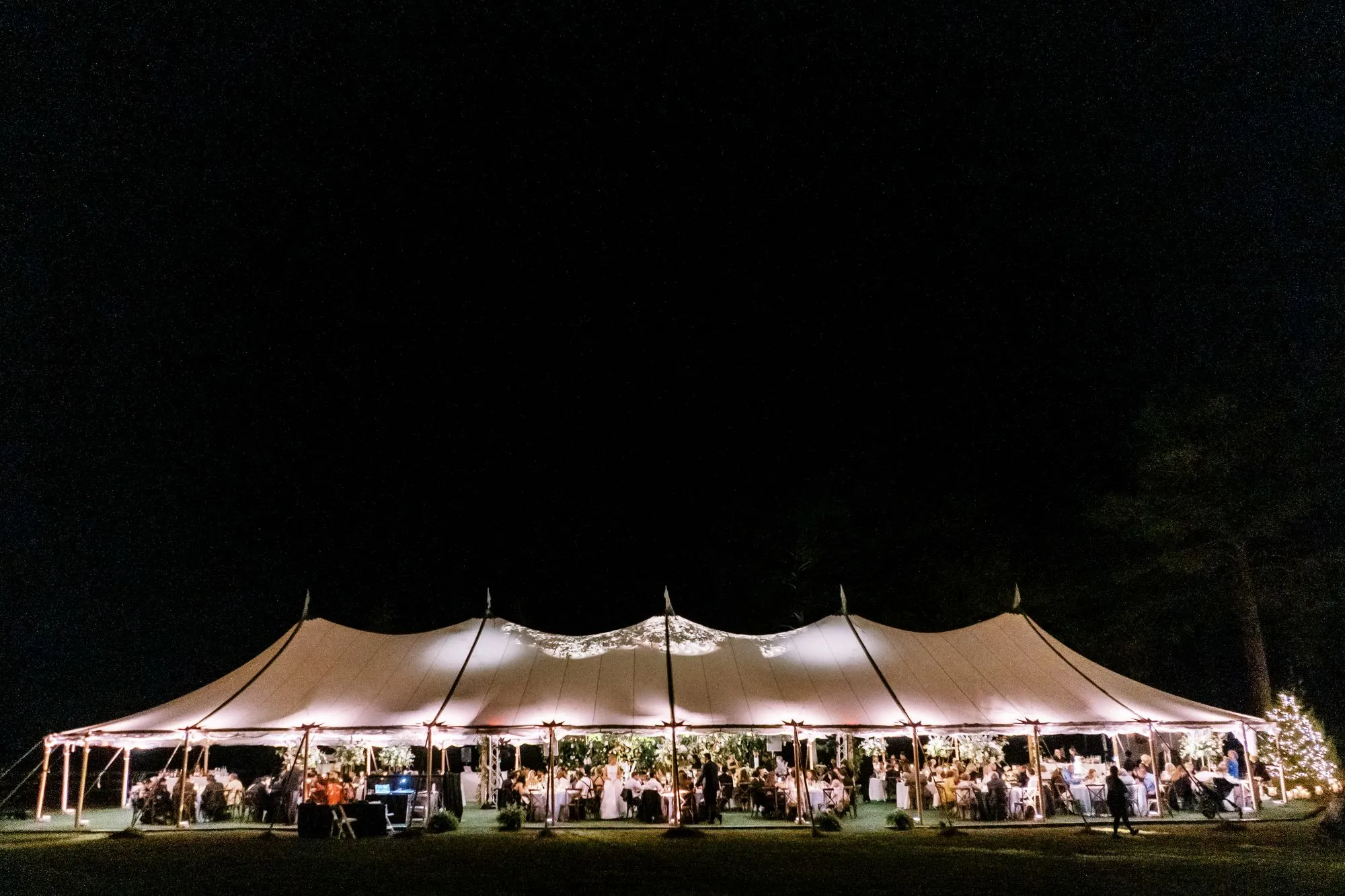
Effective promotion is crucial for outdoor event success. This section explores strategies to maximize event visibility and attendance. It covers leveraging social media and online marketing techniques, fostering partnerships with local vendors and sponsors, and engaging the community through unique promotions. These approaches help event planners create buzz, secure support and attract attendees to their outdoor gatherings.
Utilizing Social Media and Online Marketing Techniques
Social media and online marketing techniques are crucial in promoting outdoor events and maximizing attendance. Event organizers can leverage platforms like Facebook, Instagram, and Twitter to create engaging content, share event details, and interact with potential attendees. Utilizing targeted ads, creating event hashtags, and encouraging user-generated content can significantly boost visibility and excitement around the event. Email marketing campaigns, optimized event landing pages, and partnerships with online influencers further extend the reach and impact of promotional efforts.
Building Partnerships With Local Vendors and Sponsors
Building partnerships with local vendors and sponsors enhances outdoor event promotion and resources. Event organizers can collaborate with businesses to secure in-kind donations, cross-promotional opportunities, and financial support. These partnerships often lead to increased visibility through shared marketing efforts and access to wider audience networks, benefiting both the event and local businesses.
Engaging Your Community Through Unique Promotions
Event organizers can engage their community through unique promotions that create excitement and foster local participation. They might organize pre-event contests, such as photo challenges or scavenger hunts, encouraging residents to explore their area while promoting the upcoming event. Offering exclusive early-bird discounts or VIP experiences to local community members can generate buzz and cultivate a sense of appreciation among potential attendees. Event planners can effectively connect with their target audience and boost community involvement by tailoring promotions to reflect local culture and interests.
Conclusion
Mastering outdoor events with tents requires meticulous planning, from understanding event basics to executing safety protocols. Careful consideration of tent types, location selection, and essential accessories ensures a comfortable and functional environment for guests. Effective promotion strategies and community engagement amplify event success, while post-event evaluation drives continuous improvement. By implementing these comprehensive approaches, event planners can create memorable outdoor experiences that exceed expectations and set new standards in the industry.

